1. How Energy Efficient Blinds Work
Energy-efficient blinds work by creating a barrier between the interior of a room and the outside environment. They typically feature materials and designs that improve insulation and minimize heat transfer. Common types include cellular shades, also known as honeycomb shades, which consist of layers of air pockets that trap heat. This design helps keep warm air inside during the winter and reflects heat away during the summer. Additionally, some energy-efficient blinds come with reflective coatings that further enhance their ability to block radiant heat and UV rays.
2. Types of Energy Efficient Blinds
Cellular Shades: These are among the most popular energy-efficient blinds due to their honeycomb structure, which provides excellent insulation. Cellular shades are available in single, double, and even triple-cell configurations, with each additional layer offering increased energy-saving benefits.
Thermal Blinds: Often made with a special insulating lining or fabric, thermal blinds are designed to reduce heat loss through windows. They can be paired with other types of blinds or curtains to enhance their effectiveness.
Reflective Blinds: These blinds have a reflective coating that helps bounce back sunlight and reduce solar heat gain. They are particularly useful in climates with high sun exposure and can contribute significantly to maintaining a stable indoor temperature.
Dual-Action Blinds: Combining elements of both light-blocking and insulating technologies, dual-action blinds provide versatility in managing light and temperature. They can be adjusted to let in natural light while still offering insulation and privacy.
3. Benefits of Energy Efficient Blinds
Cost Savings: By improving insulation and reducing heat transfer, energy-efficient blinds can lower heating and cooling costs. This not only saves money but also contributes to a more sustainable home by reducing energy consumption.
Enhanced Comfort: These blinds help maintain a consistent indoor temperature, creating a more comfortable living environment. They minimize drafts and hot spots, ensuring that rooms stay cozy during colder months and cool during warmer months.
UV Protection: Energy-efficient blinds often feature UV-blocking properties that protect furniture, flooring, and other interior elements from sun damage. This can help preserve the appearance and longevity of your home’s furnishings.
Environmental Impact: By reducing the need for heating and cooling, energy-efficient blinds contribute to a lower carbon footprint. They help in conserving energy resources and reducing greenhouse gas emissions.
Privacy and Aesthetic Appeal: Beyond their functional benefits, energy-efficient blinds come in a variety of styles, colors, and materials to suit different décor preferences. They offer improved privacy while complementing the overall design of a room.
4. Installation and Maintenance
Installing energy-efficient blinds is a straightforward process that can often be handled by a homeowner with basic DIY skills. However, for a perfect fit and optimal performance, professional installation is recommended. Maintenance is typically low, with most blinds requiring only periodic dusting or wiping to keep them in good condition.
Conclusion
Energy-efficient blinds offer a blend of functionality, style, and cost savings, making them a valuable investment for any homeowner looking to enhance their living environment. By improving insulation, reducing heat transfer, and offering UV protection, these blinds play a crucial role in energy conservation and indoor comfort. With a range of options available, there’s an energy-efficient blind to meet every need and preference, ensuring that your home remains both beautiful and efficient.

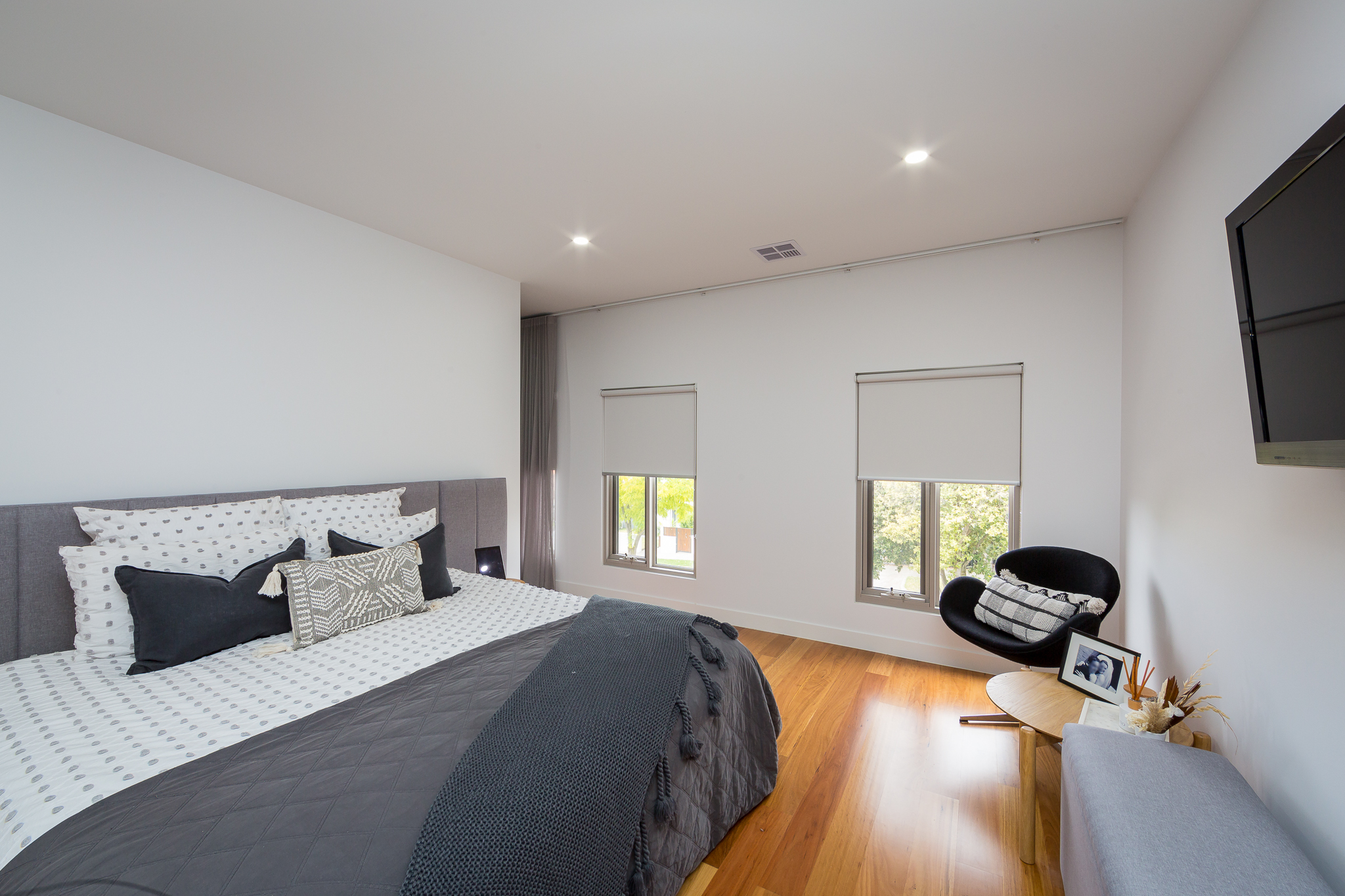
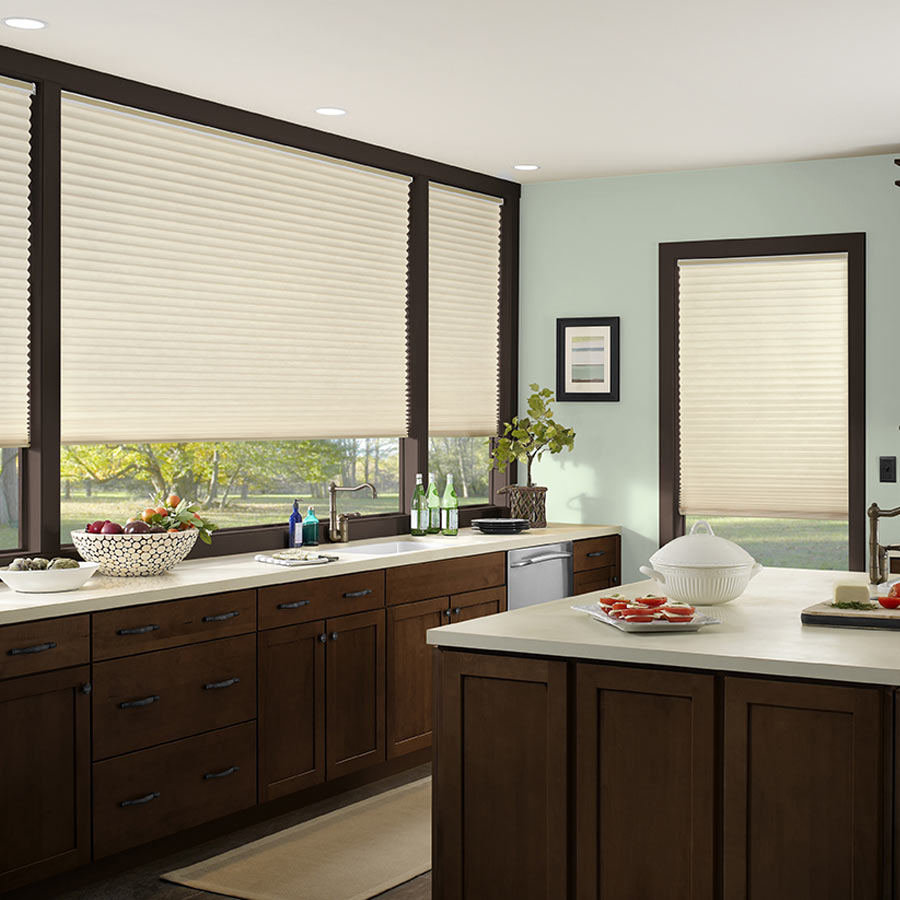
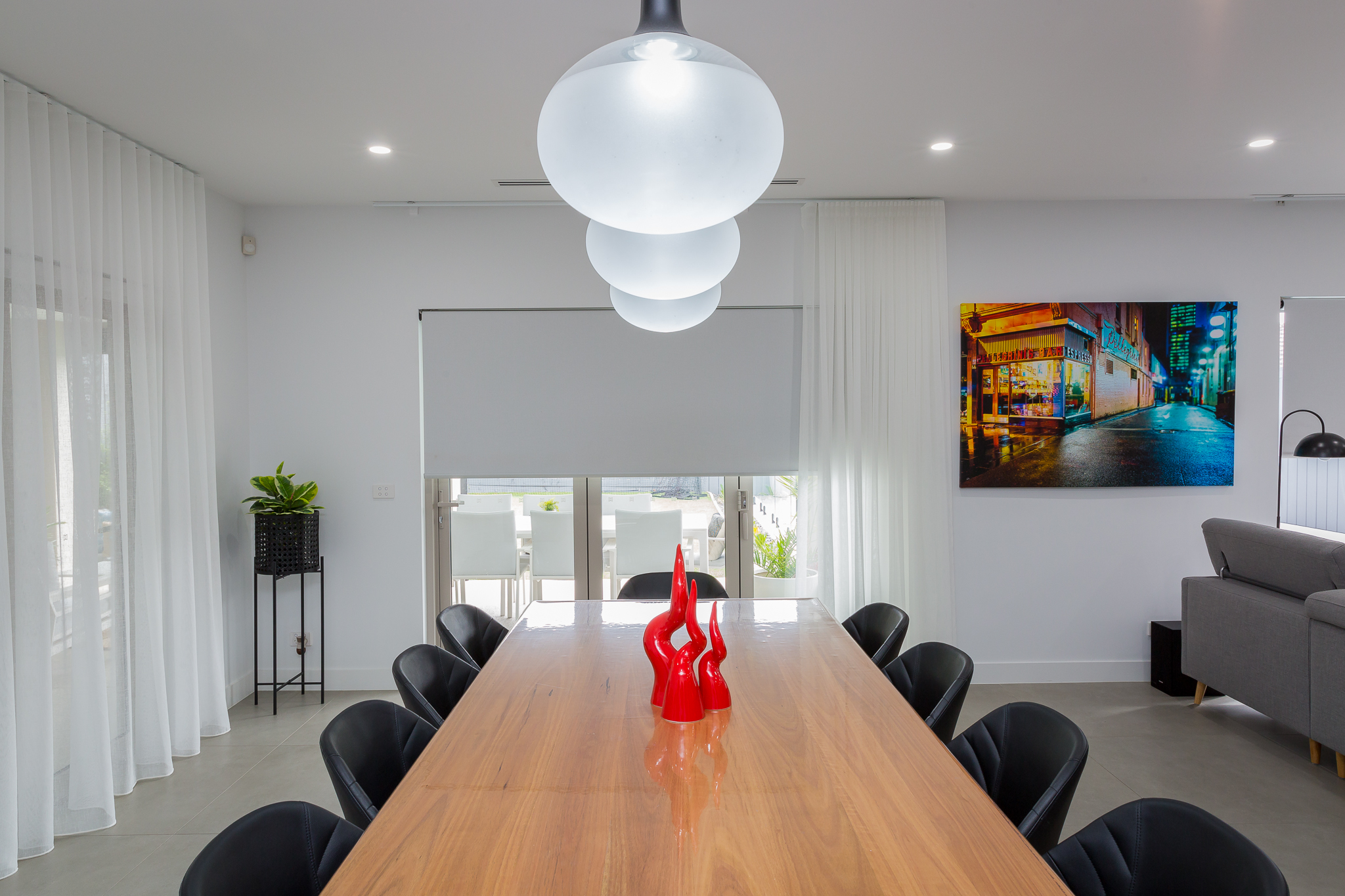
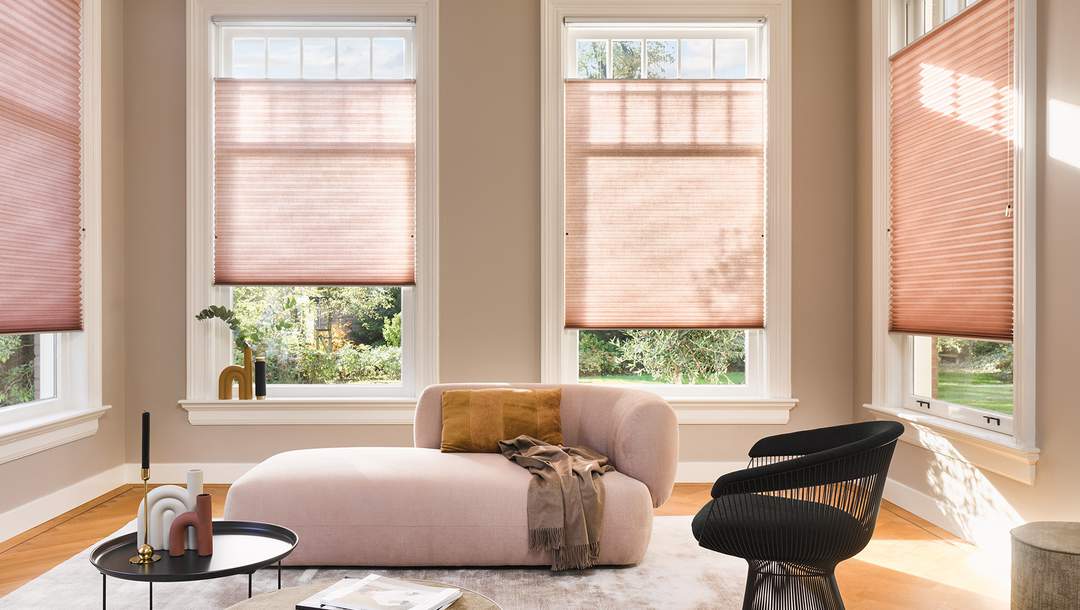
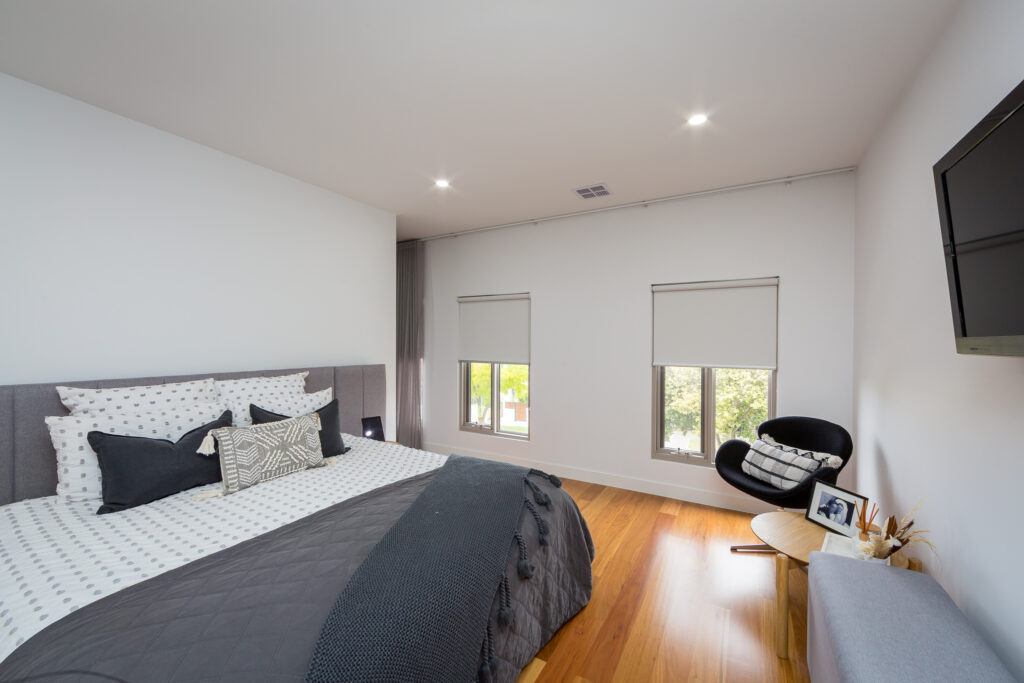
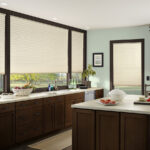



Reviews
There are no reviews yet.